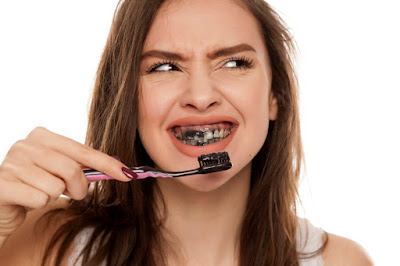 |
Image source: Pixabay.com
|
Answer some crucial questions: Is the dentist’s office easy to get to from your home or office? Does it have convenient office hours? If dental benefits are covered by your insurance plan, is the dentist in that network? Is the dentist a member of the ADA? You will do regular visits to this dentist, so it’s a must to cover these basics.
Gauge your personal comfort
Determine if you’re comfortable with the person. Are you able to ask questions freely and explain your symptoms? Does the dentist hear you out and understand your concerns, or do they merely shrug them off? Are you confident discussing important dental procedures with the dentist?
 |
Image source: Pixabay.com
|
Obtain information about the person’s qualifications from the local dental society as well as your insurance carrier. Organizations of specialty dentists list their members as well as qualifications. The dentist’s office, too, should reflect cleanliness and an ongoing policy on infection control.
Launch your search
Use the ADA’s Find-a-Dentist tool, research your local dental society, or seek referral from a trust friend or relative. Local health departments or dental schools can also assist in finding affordable dental services for you.
Meet and greet the dentist
Call or visit the dentist before choosing. See if the office is neat and welcoming and if you think you can work with the dentist for a long time. It’s your oral health at stake after all, and you shouldn’t settle for anything less than the right fit for your needs.
Kami Hoss, MS, DDS, is a sought-after author, consultant, inventor, and speaker in the fields of dentistry and business. He is the co-founder and CEO of The Super Dentists and the chief executive of Acceledontics and Howard Healthcare Academy. For similar reads, visit this page.














